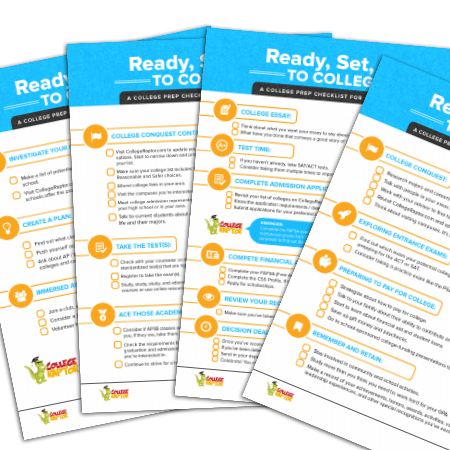In certain states, yes, community colleges can be entirely free! Not all states offer these types of programs, however, and many of them have restrictions on eligibility. But if you qualify, you could very well receive a free ride to community college! Keep reading to learn more about which states have programs, who qualifies, and the steps and options you have if your state doesn’t have an existing free community college program.
Are Community Colleges Free?
In the broad sense, attending community college is not free. In most cases, students will have to pay tuition, fees, and other expenses including books and supplies. However, some states have introduced programs that have resulted in free rides, or at least cheaper rides, to community colleges. These are usually grants that do not need to be repaid.
These states, as of August 2022, currently have programs in place that help make community college more affordable and/or free for students:
- Arkansas
- California
- Connecticut
- Delaware
- Georgia
- Hawaii
- Indiana
- Iowa
- Kansas
- Kentucky
- Louisiana
- Maryland
- Mississippi
- Missouri
- Montana
- Nevada
- New Jersey
- New York
- Oklahoma
- Oregon
- Rhode Island
- South Dakota
- Tennessee
- Utah
- Washington
- West Virginia
These programs, however, only tend to cover tuition and college fees. They do not tend to pay for food, room and board, transportation, books, and other costs. And it’s important to note that every school’s program covers the same costs, so be sure to read the fine print!
Who is Eligible for Free Community College?
Eligibility depends entirely on the state the student resides in, and every program is very different. For example, Connecticut has the Pledge to Advance CT (PACT) for its students. It covers gaps in financial aid – meaning tuition and fee costs that aren’t covered by federal and state grants. Eligibility is on a first come first serve basis, but students must meet the following criteria:
- Are a first-time college student
- Are a high school graduate (or equivalent) from the state
- Completed their Free Application for Federal Student Aid (FAFSA) and accept any aid granted
- Are taking at least 6 credits a semester
- Are and remain in good academic standing
- Attend a participating college
Be sure to look up your state’s program to see if you’re eligible!
How Else Can Students Afford Community College?
If your state isn’t listed above or you don’t qualify for your state’s program, don’t fret just yet. There are other ways to make school, including community college, more affordable. Here are three tips to help you pay for your associate’s degree or certificate:
1. Complete Your FAFSA
Whether your state’s free community college program requires it or not, you should always complete your FAFSA every year. It becomes available on October 1st, and the sooner you complete it, the better. Federal, state, and college grants can and will run out if you wait too long. And even if you think you won’t qualify for federal aid, don’t skip this – you may be surprised by what you’re eligible for.
2. Apply for Scholarships
Did you know that scholarships aren’t just for four-year colleges? There are plenty that are dedicated to community colleges, associate degrees, and trade schools. Using scholarship databases can help you find ones you qualify for and cover community college costs! And these awards can sometimes even be used towards books and other education-related expenses.
3. Get a Part Time Job
College is expensive, but getting a part-time job – especially if you’re only attending school part-time – can make it more affordable. In college towns, too, many employers are understanding of class schedules and will work with you to develop a work schedule that benefits you both.
4. Compare Loans
If grants, scholarships, and a job aren’t quite enough or you don’t have the time for a job, student loans can also be used to cover the cost of community college. This includes federal and private loans. Federal loans tend to have lower interest rates and more forgiveness programs compared to private ones, but you’ll need to see what you’re eligible for in order to compare loans.
Taking advantage of your state’s community college affordability programs is a great way to save money and advance your education (and possibly even your career). These, however, can be very limited in space and not all students will qualify! Make sure to do more research into your state’s program when deciding how you will pay for your college education.
——-
Searching and applying for scholarships for community college can take time, but you can actually cut down on time and effort by using scholarship databases. Did you know that College Raptor has the Scholarship Search tool which helps you do just that? You can use it for free right here.




